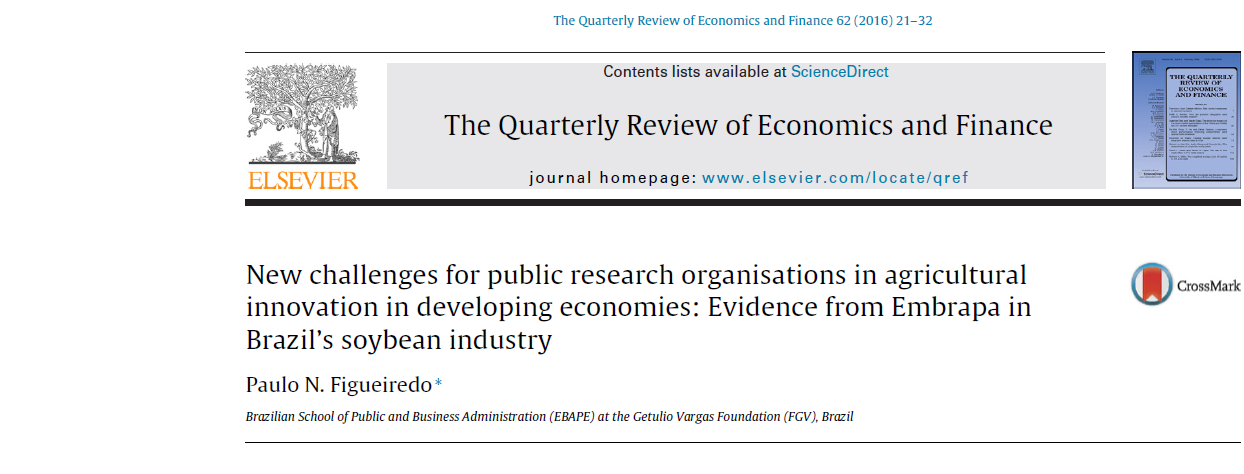
We have to consider that:
- Demand for agricultural products faces an unprecedented increase, as the world’s population is expected to reach 9 billion by 2050.
- Most of this population will reside in developing countries, have higher incomes and desire a richer diet. By 2050, there will be a 35% increase in food demand, notably from China, India, other Asian countries and Africa.
- However, worldwide agricultural productivity growth has been slowing: annual growth is estimated at only 1% over the next two decades, much slower than historical trends.
- Meeting food demand in 2030 will require an additional 175 million to 220 million hectares of cropland.
- By 2050, climate change is expected to cause water scarcity and serious declines in yields of most important crops in developing countries, particularly Africa and South and Central Asia as well as large food producers such as Brazil.
- By 2070, in Brazil, there will be significant damage to crop species such as corn, rice, beans, cotton, sunflower and cassava, and soybean losses may reach 40%. Climate change will lead to price increases for agricultural crops such as rice, wheat, maize and soybeans.
- In a more optimistic scenario, by 2050, the number malnourished children is expected to range from 76 million to 84 million, depending on the extent of climate change.
- Multinational enterprises (e.g., Monsanto, Basf) have been playing an increasingly dominant role on the agricultural seeds industry worldwide, especially in food producing developing countries.
Taking those facts and prospects into serious consideration, in recent study I investigated some of the characteristics of technological capabilities for agricultural innovation in indigenous public research organisations in developing economies.
This issue was examined in the context of the Brazilian Corporation for Agricultural Research (Embrapa), in relation to the soybean industry. EMBRAPA’s technological capabilities for innovation are diverse in terms of their levels of novelty and complexity, they are varied across different technologies and they are inter-organisationally distributed. Considering the article’s evidence and in view of the developing world’s unprecedented demand for food and the increased interdependency of the innovative activities, the article suggests that indigenous public research organisations, such as EMBRAPA, need to re-invent the way in which they manage their technological capabilities to play an even more active and complementary role in agricultural innovation and productivity growth in developing economies.
The complete study is published in:
Figueiredo, Paulo N. (2016). New challenges for public Research organizations in agricultural innovation in developing economies: Evidence from Embrapa in Brazil’s soybean industry. The Quarterly Review of Economics and Finance, v. 62, p. 110-126 DOI: https://doi.org/10.1016/j.qref.2016.07.011